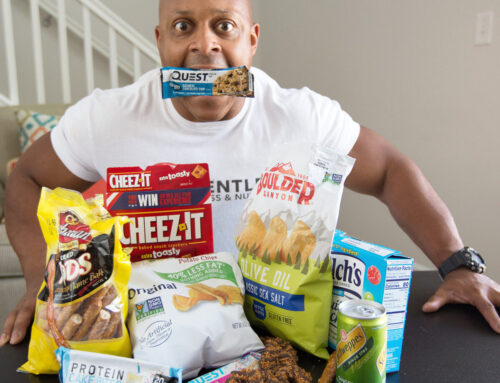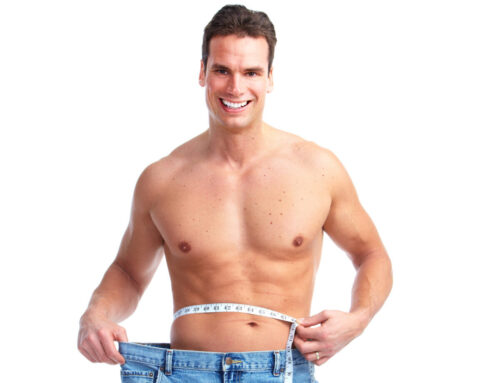If you’re reading this then at some point you’ve probably said to yourself “I eat pretty healthy” or” I make good choices and I exercise”…”why am I not losing weight?” If that sounds like you then read on. Some people get lucky and lose some weight by just improving the quality of their food selection. In most cases it’s not quite that simple. To achieve weight loss you need to know what your food is comprised of, you need to figure out how many calories you should be consuming and you need to understand that even “healthy” foods can cause fat gain and that not tracking your food consumption often leads to failure.
By only focusing on eating healthy you leave out a large part of the equation. The content of those calories is important to understand. For example, it’s right between lunch and dinner and you’re hungry at work. You go to the store across the street and buy a bag of granola. It says 300 calories per serving. You eat the whole bag assuming it’s healthy, which it is.. What you didn’t see was the label that shows 3 servings w/ 18 grams of sugar per serving. You just consumed 54 grams of sugar. If you do that several times per week and your goal is to lose fat it can work against you.
Knowing how many calories you should be consuming is important. You need a target to aim for based on your goals or else you’re wandering about eating a random number of calories that may not be right for you. There’s lots of random info out there saying that all men should eat 2,000 calories per day. That does not take into account the details of you as an individual. If one man weighs 250 lbs and the other man weighs 145 lbs they probably require a different amount of calories. A general way to determine your caloric needs is to aim your protein at 0.8 – 1.0 grams per pound of lean body weight. If you are very active I recommend the ladder. Less active, than the former. Aim your carbs at 1 gram per pound of lean mass if you are moderately active and 1.2 grams per pound of lean body weight if you are more active. For fat I recommend aiming for between 0.3 – 0.4 grams of fat per pound of lean body mass. By focusing on your macros your calories will generally fall into a good place to support your activity. Then you can make adjustments as needed to accommodate your results.
Get out of the habit of putting all foods in a box of healthy and unhealthy foods. You’re better off reading your food labels and adjusting the portions of what you eat to fit your macro goals. No, I’m not saying eat anything you want. You should still focus on eating healthy foods 90% of the time. Then with the tools I gave you above you can fit the other 10% of fun foods in with your macros so you can enjoy life and still achieve your goals.
If you’re struggling with weight loss then schedule a call with me and let’s discuss some solutions for you.
Until next time, BE Relentless!
CLIENT TESTIMONIALS

Christian agreed to help teach me in the most effective way possible: First hand experience! Over the course of one summer, I followed a meal plan prepared by Christian down to the letter, and I can say, without a hint of exaggeration, that it changed the way I view diet forever.
Read the full testimonial>

I engaged Christian for help with a nutrition plan to maximize performance and manage my weight class for a USAPL meet. Christian took a holistic approach to reviewing my training schedule and programming, my daily life schedule, and food preferences to put together a flexible but rigorous plan to put on quality muscle mass for the meet.
Read the full testimonial>




